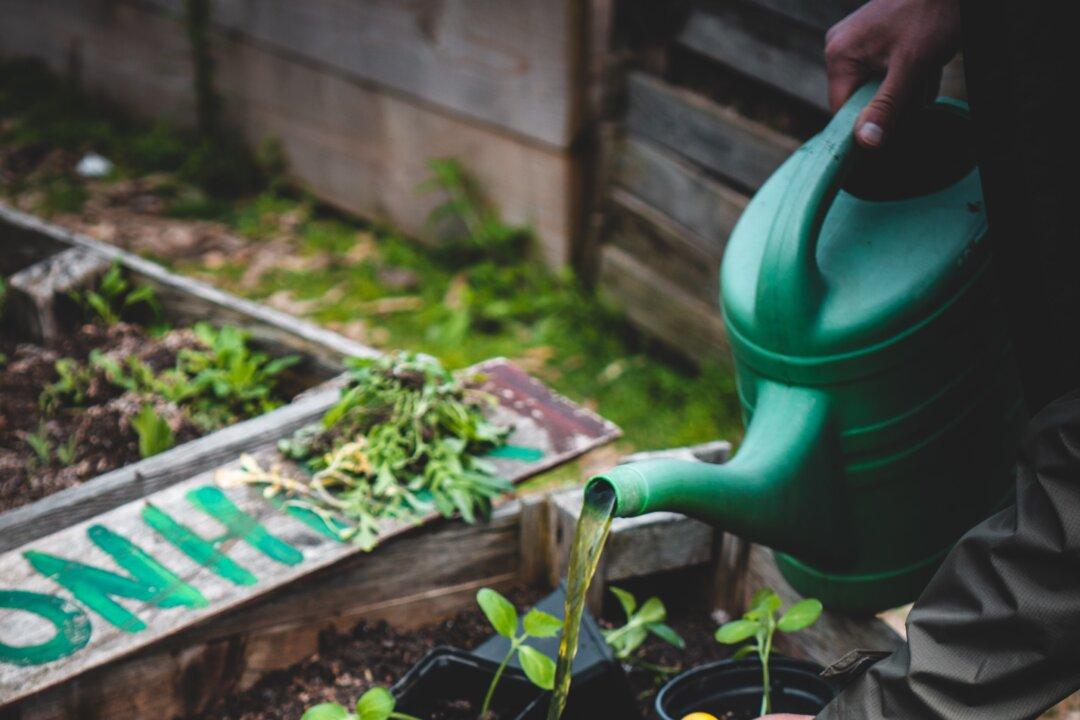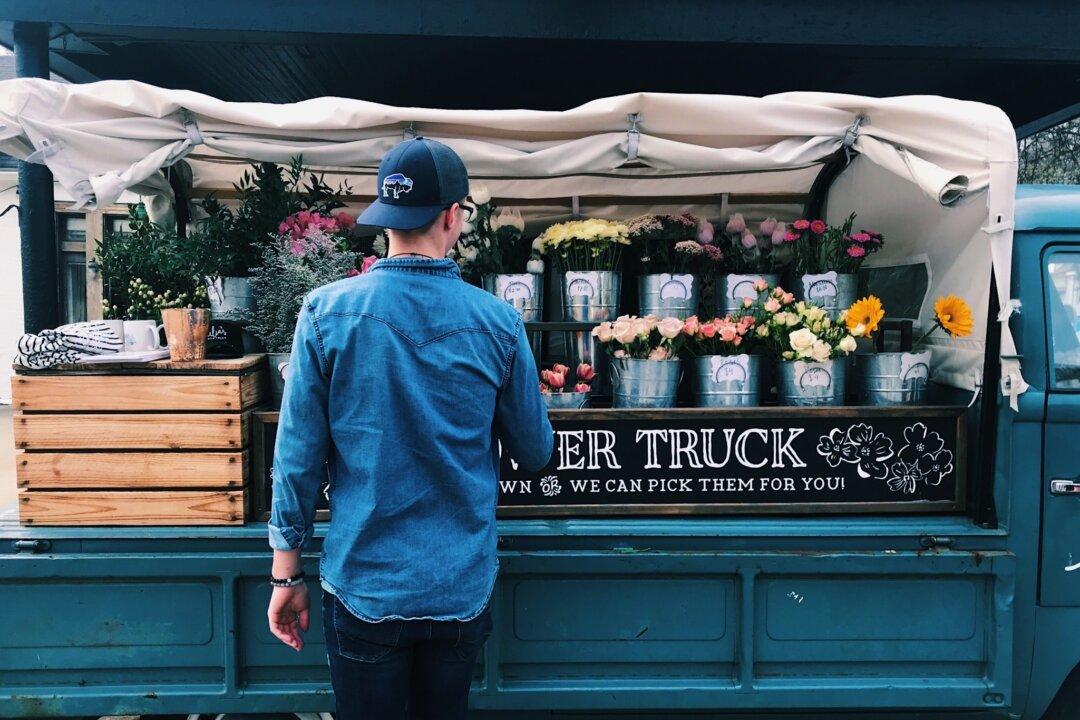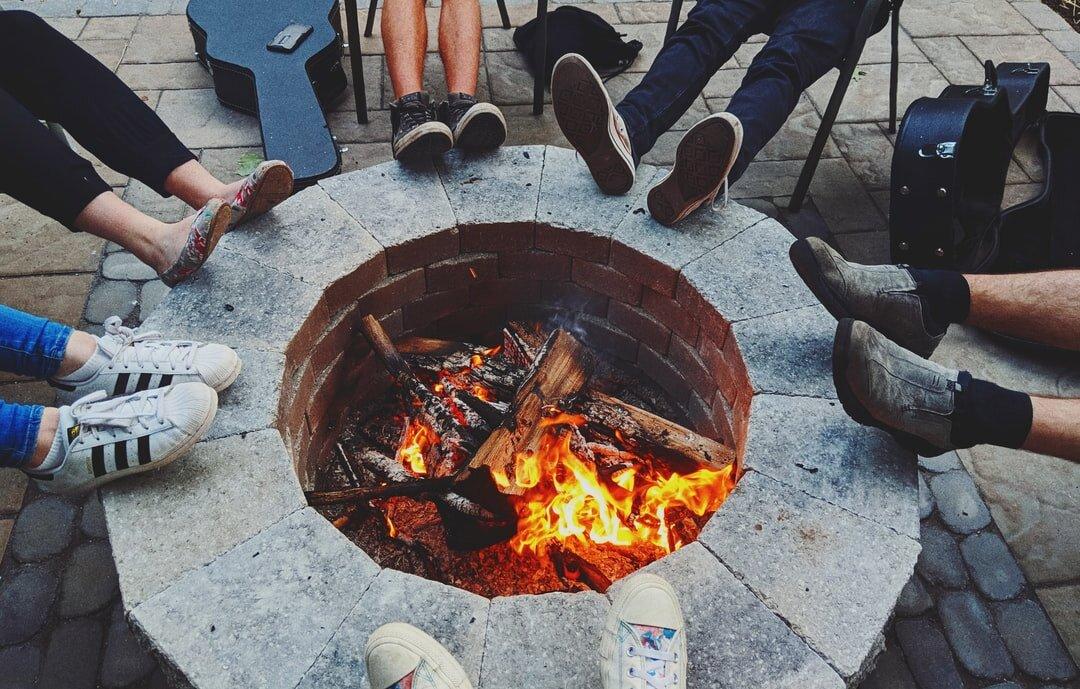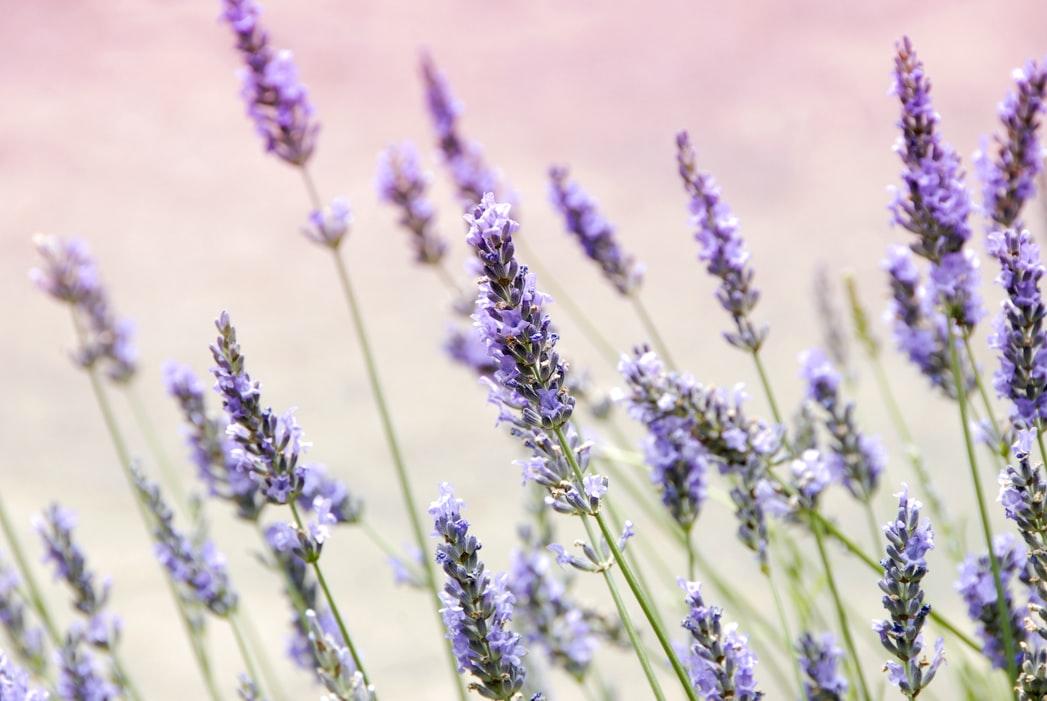Our garden is our safe haven. A place where we can relax with an ice-cold beverage in one hand, a good book in the other, as nature’s energy surrounds us. Whether inside taking up the windowsills in our living room, or outside amongst a landscape of greenery, both the physical and psychological rewards of a garden are one in the same.
But it can be difficult when it comes to the upkeep of the growing environment. How we choose to create our garden determines the requirements for its nurturing. Inside or out, the differences say a lot about what’s best to have a flourishing garden this summer.




